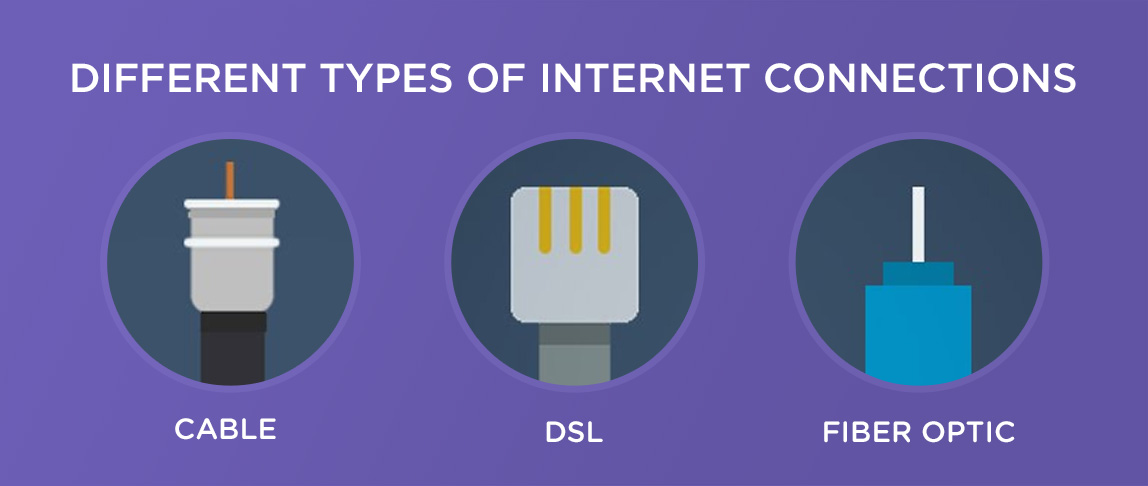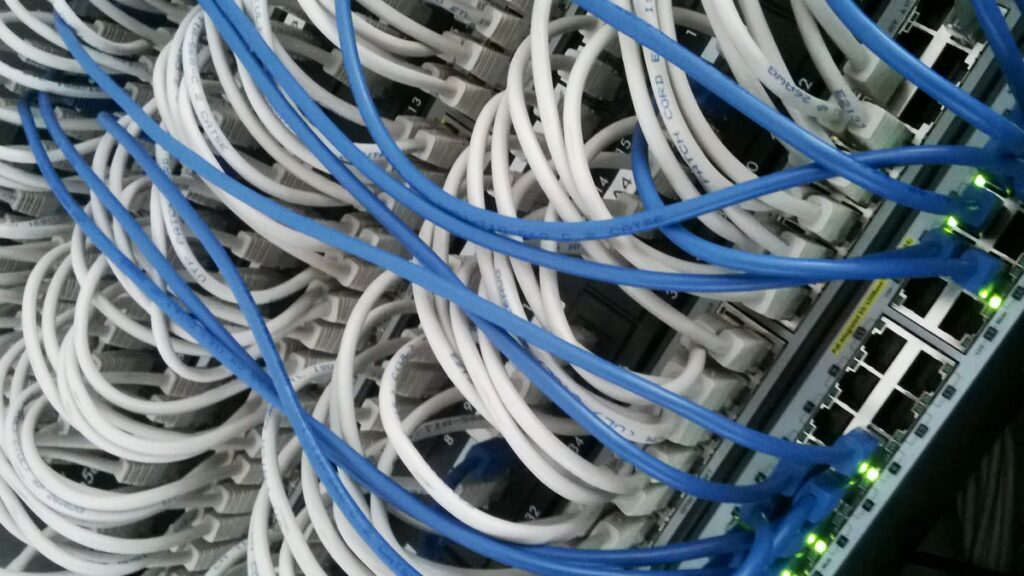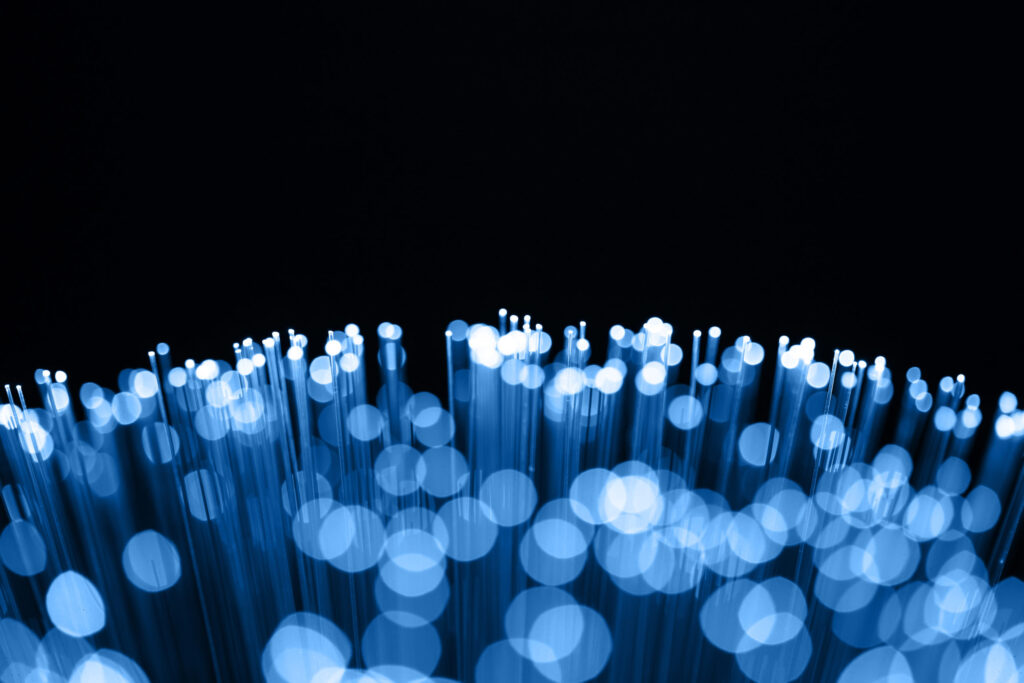
Understanding the Differences Between Dsl, Cable, and Fiber Internet
The internet permeates each and every aspect of our lives. Over the past decade and a half our lives have become so dependent on the provision of highspeed broadband internet that imaging a worldwide outage feels like imagining the end of the world, refer to any post-apocalypse sci-fi, and the first thing to go out is the internet.
But despite the fact that the smooth functioning of our lives is so deeply associated with the continued functioning of this technology not a lot of us have a truly in-depth understanding of how this groundbreaking technology actually works.
This write-up hopes to change that. During this blog, we will take a deep dive into understanding the three main types of terrestrial internet services; namely, DSL, Cable, and Fiber-based internet services.
But before we do that it is pertinent to mention that, in modern times, the terrestrial internet is not the only type of technology available to users. Highspeed internet has shot up into space as well. Modern internet service providers like HughesNet Internet are deploying satellites launched deep into space to beam highspeed broadband to dishes installed on consumers’ rooftops. But this is beyond the scope of this discussion.
So, let’s start by discussing the birth of the internet.
THE ORIGINS

Much like all epoch-changing technologies the internet started out as a defense technology. The legends, Kahn and Cerf, created the first networked communication technology called ARPANET for the U.S department of defense in 1970, to keep lines of communication open in case of a nuclear attack.
The idea was revolutionary and was picked up by civilian technologists and by 1990 the internet was available for public use. This was the birth of the internet as we know it today. Though internet usage did not explode until a few years later with the development of data transfer protocols and programming languages like HTML.
Though the internet has come a long way since the 1990s, some of the core technologies developed at the time have still managed to stick around. Digital subscriber line (DSL) is one of those. So, let’s take a look at what this dinosaur is and how it has managed to survive for this long.
DIGITAL SUBSCRIBER LINES (DSL): THE OLDEST OF THE OLD

The evolution of the modern internet is closely tied to the development of DSL technologies. The idea was simple since most of the consumers in the United States were already connected to phone lines at the time of the creation of the internet it is only appropriate that these copper wires be used to transmit internet data.
Several different types of DSL technologies were developed initially. Each of these types was designed to meet distinct user needs. So, for example, HDSL, the earliest form of DSL, provided equal download and upload speeds while ADSL laid emphasis on download speeds alone, and RDSL deployed software to manage a balance based on the needs of the user.
DSL is around even today, and being the oldest technology is available to almost 84 percent of the U.S. population. DSL connections are generally very cheap when compared to other modern alternatives but speeds are just horrendous.
DSL speeds normally range between 10-25 MBPS though some internet service providers have upgraded their systems to provide speeds as high as 100 MBPS, which is still extremely slug-paced.
By now it is an established reality that DSL has served its purpose and will be dying soon. Even internet service providers who used to rely on this technology are aggressively trying to get their customers to shift to cable-based internet.
So, let’s take a look at what cable is.
CABLE-BASED INTERNET: A TRANSIONARY TECHNOLOGY

While DSL uses copper-based telephone lines to transfer internet data to users, cable internet uses aerial coaxial cables to perform this task. For reference these are the very wires that are used to connect Televisions to cable providers, hence the name.
Just like DSL cable is now pretty widespread as well, with an astonishing 88 percent of all Americans having access to this technology.
Cable internet provides much higher speeds as compared to DSL and has a much lower latency and lag. Giants of the internet service provision industry like Xfinity, Spectrum, and Optimum rely on this technology to keep their customers connected.
Prices generally tend to be higher but considering the overall user experience and speeds ranging up to 1 GBPS the extra Dollar is completely worth it.
And even though the immediate future of cable looks secure, in the long term this technology will probably go the same route as its predecessor, to the cemetery. Because the widespread usage of fiber-based internet is prompting many users to ditch this technology.
The only reason this technology is still around is that fiber is too expensive and not as widespread. So, for now, cable remains the best option for people who are unlucky enough to live in areas where fiber has not yet reached.
FIBER OPTICS TECHNOLOGY: THE FUTURE OF HIGHSPEED BROADBAND

Fiber internet uses fiber optic technology to transmit internet data. Fiber cables are made of glass and are used to transmit signals as photons of light though speeds are 30 percent lower as compared to the actual aped of light. But rest assured this is still extremely fast with speeds ranging up to tens of GBPS.
The only issue is that fiber technology is still very expensive and reaches only 27 percent of Americans. But ISPs are quickly upgrading their networks to make this technology more accessible to consumers.
FINAL-THOUGHTS
The three terrestrial internet technologies discussed in this blog are not really comparable to each other because they were developed in different periods and the previous one became obsolete as soon as the next one arrived. DSL was replaced by cable just like cable will give way to fiber optics.
